Learn how to support your campers’ development while honoring their unique identities and experiences!
Characteristics of Culturally Responsive Teaching According to the National Equity Project
- Affirmation – I recognize and accept you as you are. I understand and nurture your multiple identities and none of these aspects of you are in conflict to me.
- Validation – Validate students’ experience of the world by acknowledging the socio-political context we live in. Teach the truth about power, politics, history, and context in developmentally appropriate ways, and use these issues as tools of instruction and discourse.
- Cognition – Use students’ culture as a reference point for helping them understand concepts. This is where learning theory, neuroscience and culturally responsive teaching all meet up.
- Processing – Help students “hold on to it.” Learn about the neuroscience of information processing to support students in internalizing content to the level of automaticity. Call and response, music, movement, and storytelling are all culturally relevant ways to create neural pathways.
Resources
The Importance of Diversity and Cultural Awareness in the Classroom
Culturally Responsive Teaching in Early Childhood Education
Culturally Responsive Strategies to support students with challenging behavior
